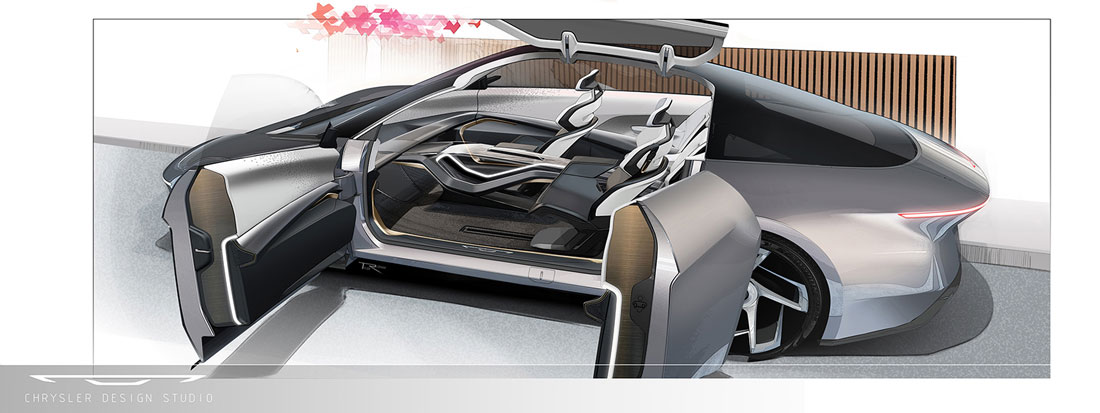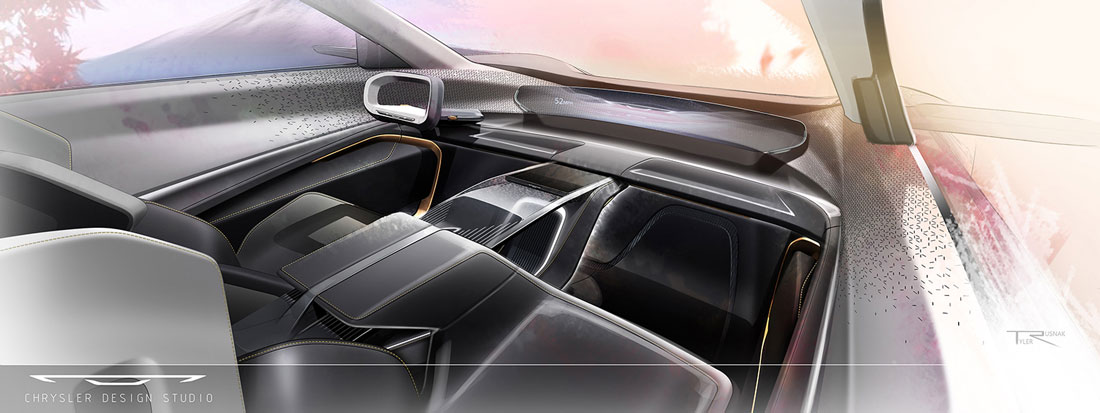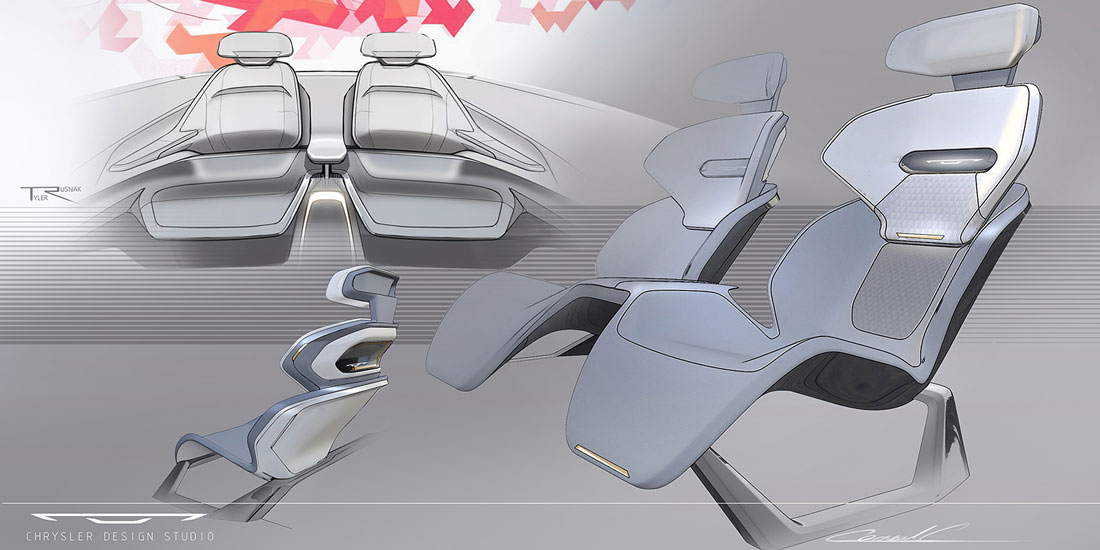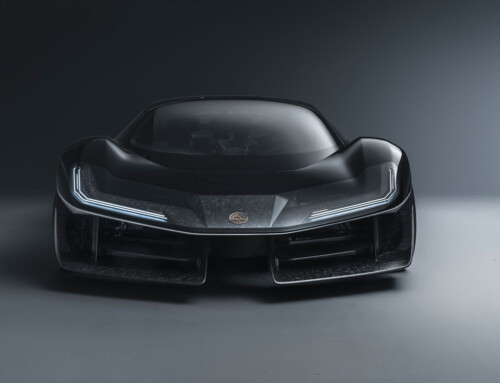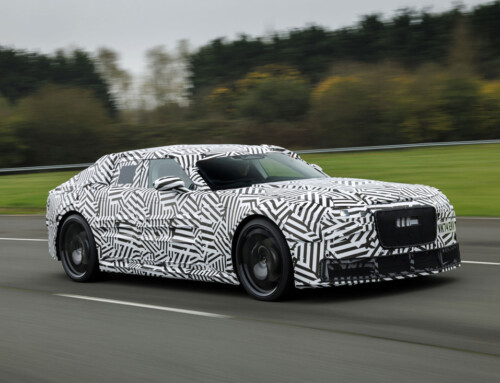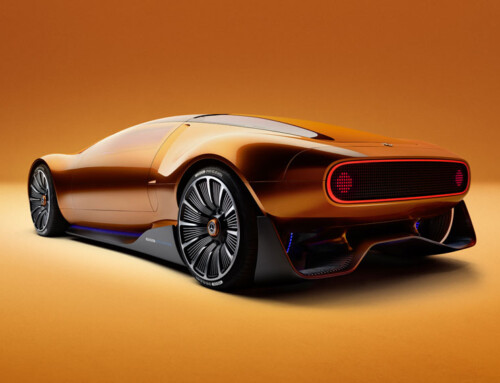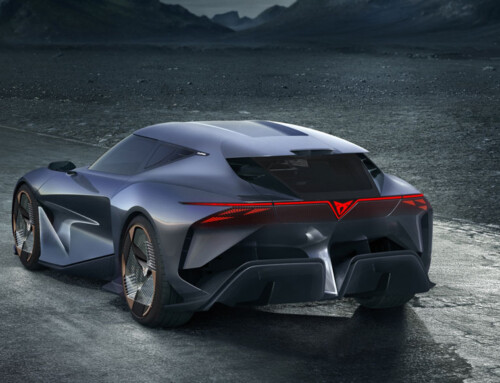Since the ‘50s and ‘60s, Chrysler has been synonymous on the American market with great design and attention to detail. Now, at the dawn of a great effort aimed not only at expanding the range – at the moment the brand has only two cars in the catalogue, the Pacifica and the 300 – but also at addressing the epochal changes towards electric and autonomous driving, it reclaims that role by offering its vision of the near future with a concept that cannot leave anyone indifferent.
North star
It’s called Halcyon and it is, as Irina Zavatski states, “a vision of style and proportions between today and 2030.” “Our North Star,” echoes Ryan Nagode: “With a driving effect on all the other brands of the group.” That is, across the entire Stellantis landscape in North America. Zavatski is responsible for Chrysler’s exterior design, Nagoda for the interior. They worked in parallel for a year and a half. “Because – explains Zavatski – the most interesting thing about this concept is the interaction between exteriors and interiors, discovering how the lines of one could interact with those of the other and, ultimately, how those lines all made sense.”
Disarming simplicity
The result was a car with a low nose, very clean lines, a roof characterized by large windows and butterfly doors, an interior layout of disarming simplicity. “That simplicity and the minimum height from the ground – adds Zavatski – represented a challenge to classic proportions. Few lines but all important, an affirmation of purity.”
The use of super-light materials
The birth of Halcyon, in Auburn Hills, involved all Chrysler designers in the usual internal competition from which three proposals emerged that were immediately transformed into clay models. Matthew Dunford and Michael Gillam worked with Zavatski on the final exterior setup, while Tim Doyle, Tyler Rusnak and Alejandro Campos joined Nagoda on the interior work. Inevitably, for an electric car, great attention had to be paid to aerodynamics – complete with air flows from the former grille and a mobile spoiler coming out of the rear – and to the use of super-light materials, especially aluminium and plastic. But without giving up sculptural elements.
Biometric user identification
Nagoda talks of a “red carpet treatment” for passengers. The wide opening of the doors, which respond to a biometric user identification system, facilitates driver access, as does a part of the roof that lifts, hinged on a central canopy. “Ours – he explains – was a balance of form and function. As demonstrated by the front seats which can slide back and, when autonomous driving allows it (level 4 is planned), will offer a comfortable position for looking at the stars through the glass roof. Or the rear seats that can disappear into the tail creating a large load space, in a 2.0 version of the Stow ‘n Go already adopted by Chrysler.
Functional & ingenious spaces
The Halcyon concept is not only beautiful, but also functional, with ingenious spaces. And then voice recognition is enough, in times of autonomous driving, to make the steering wheel and pedals disappear under the windshield, which we wanted to be very long and sloping to increase visibility.”
(Full article in A&D no. 266)




